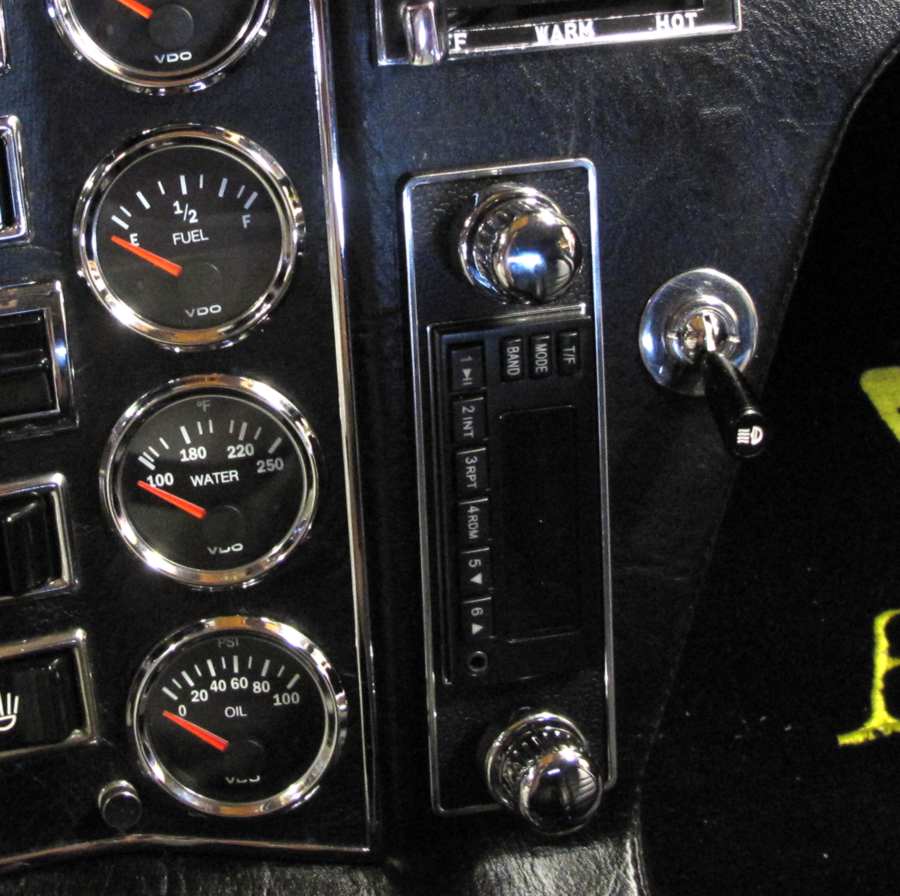I am working on a 72 Pantera with a 230 degree gauge. It is my understanding that an in line resistor to the gauge. However, I forget what the value should be.
So ...... what size resistor should I use?
Original Post
Replies sorted oldest to newest
quote:Originally posted by snaponbob:
I am working on a 72 Pantera with a 230 degree gauge. It is my understanding that an in line resistor to the gauge. However, I forget what the value should be.
So ...... what size resistor should I use?
quote:Originally posted by David_Nunn:
If you wanted to have a very accurate coolant temp gauge but also wanted it to look OEM, you could always have a gauge shop replace the workings of your original gauge with VDO workings. ..

quote:I am reading temperatures 20-30 degrees below the gauge reading at the coolant tank.
quote:100% water in the system
quote:first unscrew a 1/4" pipe plug right under the thermostat housing, horizontally in the block. Unscrew the temp sender in the tank. Interchange the two
quote:Fully agree. And think everybody does. But why did the factory go to the expense of having a boss in the tank when there was room for the sender in the block? Does anybody know? It was an extra cost to Signor DeTomaso, so it must have been done for a reason, right?